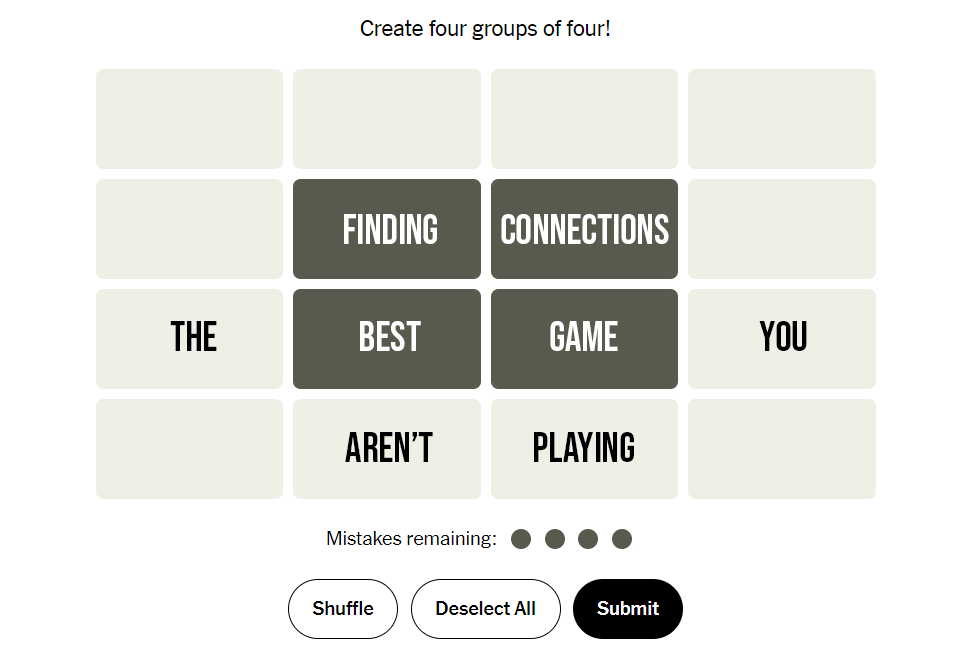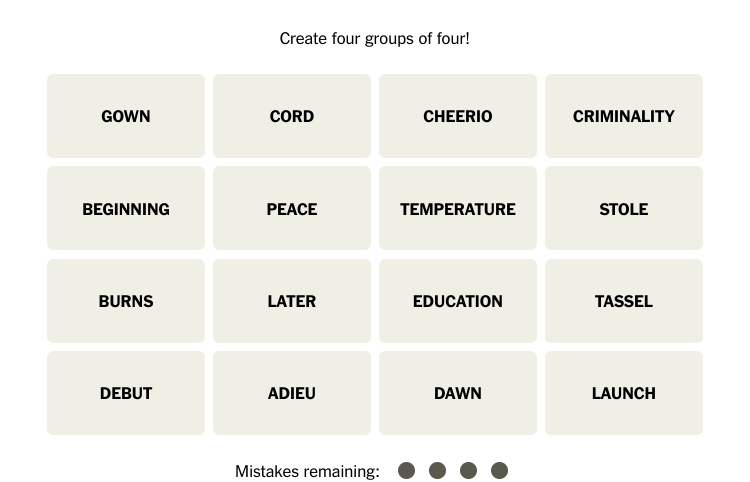When 17- year old Andrew Martin is not doing schoolwork, eating, or sleeping, he is cubing. He is a young, excited man wearing casual clothing, and his eyes are always focused. This has been in part due to years of practice and experience with a toy, a toy that has confused and amused people for decades.
We sit in the library, and he pulls out a multi-colored, highly distinguishable cube. A Rubik’s Cube of course, but not an ordinary one. Andrew explains how this specific cube was specially ordered from China, and he breaks several squares off to show let me know what makes it so special.
All the pieces are lined on a track-esque system, making them easier to move, as well as faster. This system helps him improve his times, and continue his progress. I find myself very absorbed in his enthusiasm. Andrew sees a passion in an area that I have never looked twice at.
Lately the interest in cubing has grown, especially at Normal Community. In the bustling of classrooms, 3×3 cubes can be noticed sitting in backpacks or on tables, just waiting to be solved.
Andrew loves to see new people become interested in cubing. “There is always more to learn, and I really like when people see it and go ‘Wow’. Some people freak out, and I get a lot of satisfaction out of that.”
Andrew was one of the original cubers. “I started cubing in around late junior high”, he explains, “I saw some of my friends playing around with it and I became interested.”
Several years later, his interest has grown. He now owns over 30 Rubik’s cubes, of which he solves from on a daily basis. These come in all varieties, including 3×3 cubes, 4×4 cubes, 7×7 cubes, and much more. Just this year, he has tallied over 1000 successfully solved cubes, and is working towards for 5000 solves by the end of the year.
Rubik’s cube competitions are a combination of both speed and problem solving skill. They range from 2×2 cubes all the way to 7×7 cubes. There is no limit to number of competitors. The winner is the person who is able to complete it the fastest.
Here’s how it works: Say there are 30 cubers in the contest. Every cuber is able to pick out their cube. Everyone then gives their cubes to a scrambler, who mixes them up. They are then alowed to solve the cube as fast as possible. The participants then repeat the process five times. Each players five times are averaged, and the best averages of 10 of the cubers move on to the next round.
Although he has never competed before, Andrew is interested in it, “I think it is incredible that there are literally quintillions of permutations, quintillions of scrambles. And i think that it is very exciting that some people can solve it that fast every time. The best in the world are solving it in 6-7 seconds at a time, and I think that is incredible.”


![Community honors longtime coach Mr. Bryan Thomas before Oct. 3 game [photo gallery]](https://nchsinkspot.com/wp-content/uploads/2025/10/Thomas-6-1200x1200.jpg)


























![Week 7: Coach Drengwitz recaps the Ironmen’s win over Bloomington, talks Danville [video]](https://nchsinkspot.com/wp-content/uploads/2025/10/Vikings-feature-Image-1200x675.png)

















![Halloween candy cross section quiz [quiz]](https://nchsinkspot.com/wp-content/uploads/2022/10/Candy-cover-big-900x675.png)
![Average Jonah? [quiz]](https://nchsinkspot.com/wp-content/uploads/2022/05/average-jonah-900x600.png)







![[Photo Illustration]](https://nchsinkspot.com/wp-content/uploads/2025/09/trigger-words.png)










![Week 5: Coach Drengwitz previews the Ironmen’s matchup vs. Peoria Manual, recaps Week 4 [video]](https://nchsinkspot.com/wp-content/uploads/2025/09/Week-5-v-Rams-1200x675.png)





![Postgame reaction: Coach Drengwitz on Community’s 28-17 Loss to Kankakee [video]](https://nchsinkspot.com/wp-content/uploads/2025/09/Week-4-postgame--1200x675.png)
![Week 4: Coach Drengwitz previews the Ironmen’s matchup vs. Kankakee [video]](https://nchsinkspot.com/wp-content/uploads/2025/09/Ironmen-v-Kankakee-video-1200x1200.png)
![On the Spot: This or That – Halloween [video]](https://nchsinkspot.com/wp-content/uploads/2024/10/tot-Halloween-YT-1200x675.png)
![On the Spot: This or That – Fall favorites [video]](https://nchsinkspot.com/wp-content/uploads/2024/10/ots-fall-web-1200x800.png)
![On the Spot – Teachers tested on 2023’s hottest words [video]](https://nchsinkspot.com/wp-content/uploads/2024/01/On-the-Spot-Teachers-tested-1200x675.png)








